How to Batch Compress 100+ Images at Once (Free Tools)
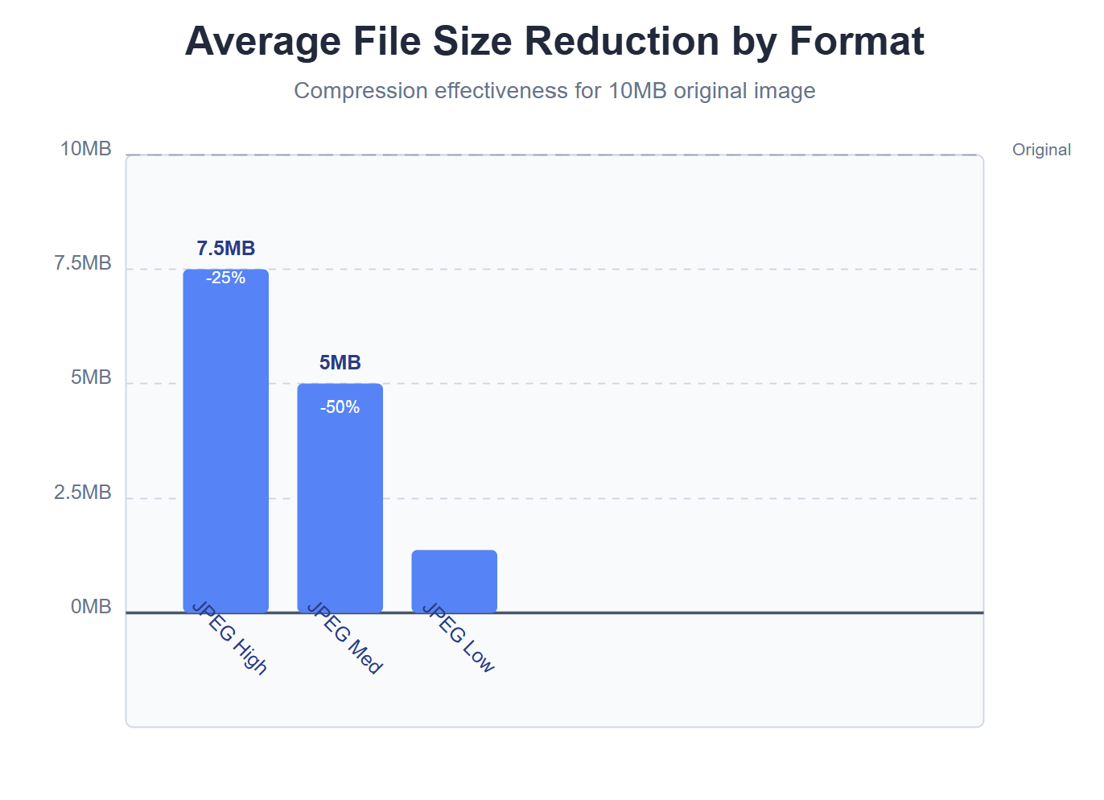
How to Batch Compress 100+ Images at Once (Free Tools)
Are you struggling with hundreds of high-resolution images taking up valuable storage space? Perhaps you need to optimize your website's image gallery or send multiple photos via email without hitting attachment limits. Whatever your reason, batch compressing images is a time-saving solution that can dramatically improve your workflow.
In this comprehensive guide, we'll explore the most efficient ways to compress large batches of images simultaneously while maintaining acceptable quality levels.
Why Batch Compression Is Essential
When working with multiple images, individual compression becomes impractical:
- Save countless hours: Process hundreds of images in minutes instead of hours
- Maintain consistency: Apply identical compression settings across your entire collection
- Reduce storage needs: Shrink file sizes by 50-90% depending on your settings
- Improve website performance: Smaller images lead to faster loading times and better SEO
- Share more efficiently: Send multiple images without bumping into file size limits
Understanding Compression Types: Lossy vs. Lossless
Before diving into batch tools, it's important to understand the two main compression approaches:
Lossy Compression
- What it does: Permanently removes some image data to achieve smaller file sizes
- Best for: Web images, social media sharing, email attachments
- Common formats: JPEG, WebP (lossy mode)
- Advantages: Much smaller files (70-90% reduction)
- Disadvantages: Some quality loss, especially with repeated compression
Lossless Compression
- What it does: Reduces file size without sacrificing any image data
- Best for: Graphics with text, logos, professional photography
- Common formats: PNG, TIFF, WebP (lossless mode)
- Advantages: No quality loss, perfect for images needing editing
- Disadvantages: Larger file sizes (typically only 30-50% reduction)
6 Free Tools for Batch Image Compression
1. FileOptimizer (Windows)
Best for: Advanced users seeking maximum compression options
FileOptimizer is an open-source batch image processor that supports over 400 file formats, including all common image types.
Key features:
- Supports both lossy and lossless compression
- Highly customizable settings
- Command-line options for automation
- Preserves original files as backups
How to use:
- Download and install FileOptimizer
- Drag and drop multiple images into the interface
- Adjust compression settings if needed
- Click "Optimize" to begin batch processing
2. ImageOptim (Mac)
Best for: Mac users wanting a simple, elegant solution
ImageOptim offers a clean, straightforward interface that makes batch compression incredibly easy.
Key features:
- Strips unnecessary metadata to further reduce file size
- Preserves image quality with smart compression algorithms
- Simple drag-and-drop interface
- Can be integrated with Photoshop workflows
How to use:
- Download and install ImageOptim
- Drag folders or multiple image files into the app window
- Wait for processing to complete (progress is shown in the interface)
3. Caesium Image Compressor (Windows, Mac, Linux)
Best for: Users needing precise control over compression levels
Caesium provides a good balance between user-friendly interface and advanced options.
Key features:
- Preview compression results before applying
- Batch resize images while compressing
- Set target file sizes
- Save compression profiles for consistent results
How to use:
- Install Caesium Image Compressor
- Add files or entire folders using the "Add Files" or "Add Folder" buttons
- Select compression quality and other settings
- Click "Compress" to process all images
4. Squoosh (Web-based)
Best for: Users needing a no-installation solution
Developed by Google, Squoosh works entirely in your browser without requiring downloads or installation.
Key features:
- Side-by-side comparison of original and compressed images
- Multiple compression formats (including modern ones like WebP and AVIF)
- Works offline after initial page load
- No file transfer to servers (processing happens locally)
How to use:
- Visit the Squoosh website
- Drag multiple images into the browser window
- Select your preferred compression settings
- Download the compressed images
5. Trimage (Linux)
Best for: Linux users wanting a native solution
Trimage is a cross-platform tool optimized for Linux environments with a focus on simplicity.
Key features:
- Lossless compression for PNG and JPG files
- Ultra-simple interface
- Fast processing
- Integrates with file managers
How to use:
- Install Trimage through your package manager
- Open the application and drag files into the window
- Compression begins automatically
- Save the compressed images
6. Bulk Resize Photos (Web-based)
Best for: Casual users needing both resizing and compression
This online tool allows you to compress and resize multiple images simultaneously.
Key features:
- No installation required
- Options for both resizing and compressing
- Maintains aspect ratios
- Processes images in batches of up to 150
How to use:
- Visit the Bulk Resize Photos website
- Upload your images (up to 150 at once)
- Select compression quality and resize options if needed
- Click "Download All" when processing is complete
Command-Line Solutions for Advanced Users
If you're comfortable with terminal commands, these options offer powerful batch compression capabilities:
ImageMagick + MozJPEG
For maximum compression of JPEG images
PNGQuant for PNG files
Excellent for lossless PNG compression:
Best Practices for Batch Image Compression
1. Always keep original files
Before compressing in batch, make a backup of your original images. This ensures you can return to the full-quality versions if needed.
2. Match compression type to image content
- Use lossy compression for photographs and natural images
- Use lossless compression for screenshots, logos, and images with text
3. Test compression levels
Process a few sample images first to determine the optimal balance between file size and quality before running your entire batch.
4. Consider image dimensions
Resize oversized images before compression for even greater file size reduction. For web use, rarely do you need images larger
Recommended For You
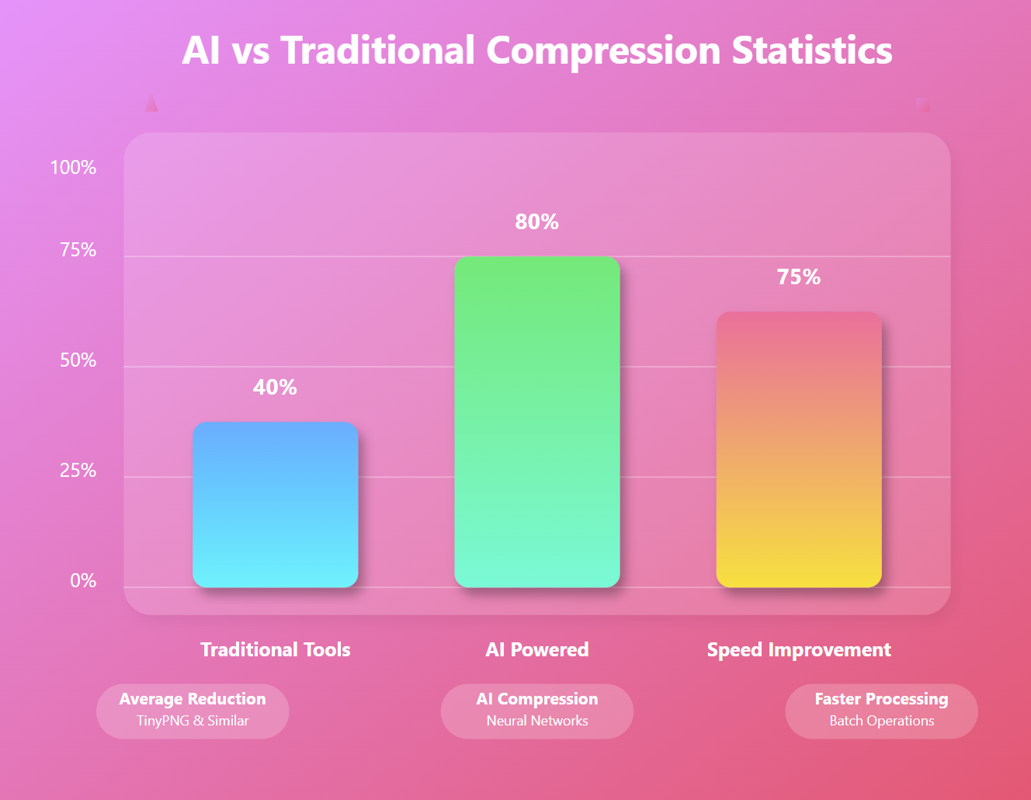
AI Image Compression: How It Works & Best Tools in 2025
AI Image Compression: How It Works & Best Tools in 2025 &n…
Read Now
Lazy Loading Images: Does It Really Boost Performance?
Lazy Loading Images: Does It Really Boost Performance? Have you ev…
Read Now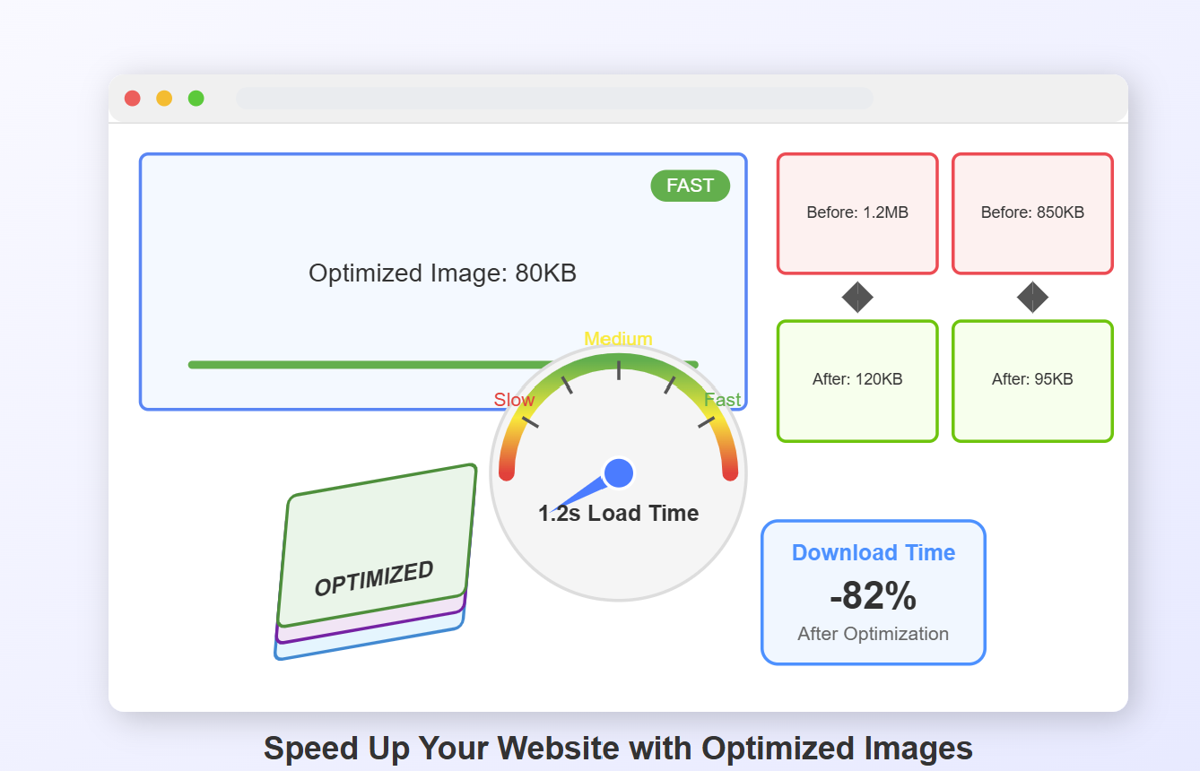
How to Optimize Images for Faster Website Loading
How to Optimize Images for Faster Website Loading Have you ever ab…
Read Now
JPEG, PNG, or WebP? Best Image Format for SEO
JPEG, PNG, or WebP? Best Image Format for SEO Introduction: …
Read NowLatest Articles

AI Image Compression: How It Works & Best Tools in 2025
AI Image Compression: How It Works & Best Tools in 2025 Picture this: you've just fi…

Lazy Loading Images: Does It Really Boost Performance?
Lazy Loading Images: Does It Really Boost Performance? Have you ever found yourself impatiently staring at…

How to Optimize Images for Faster Website Loading
How to Optimize Images for Faster Website Loading Have you ever abandoned a website because it was taking …

JPEG, PNG, or WebP? Best Image Format for SEO
JPEG, PNG, or WebP? Best Image Format for SEO Introduction: Why Image Formats Matter for Your SEO St…
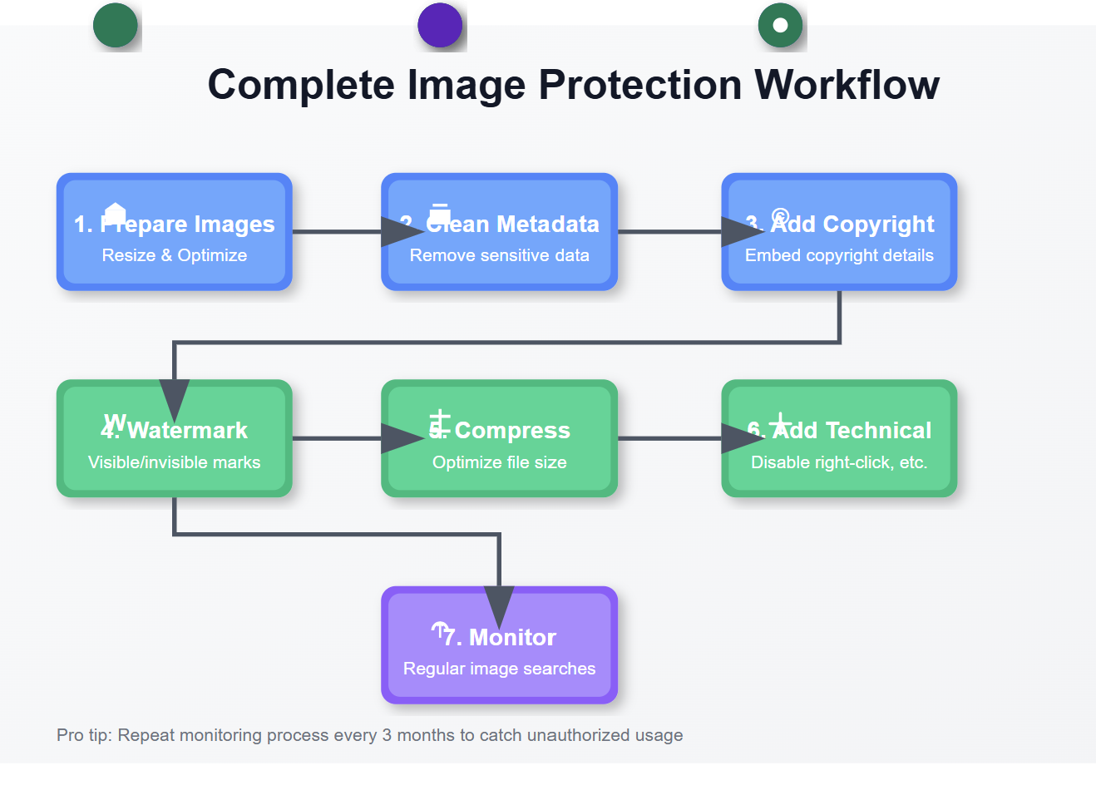
7 Ways to Protect Your Images from Copyright Theft
7 Ways to Protect Your Images from Copyright Theft In today's digital landscape, images have become the currency…
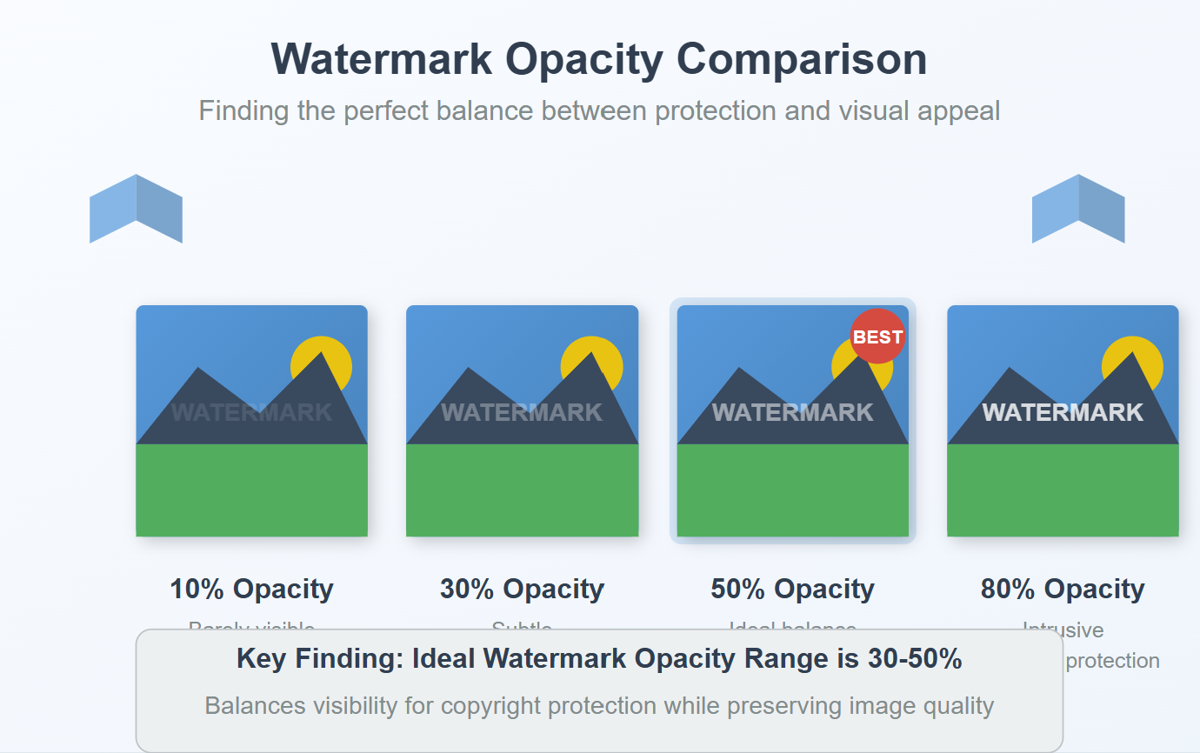
How to Add a Transparent Watermark (Without Ruining Quality)
How to Add a Transparent Watermark (Without Ruining Quality) Introduction: Protecting Your Visual Content Have yo…
Never Miss an Update
Subscribe to our newsletter and stay updated with the latest blog posts and tech trends.